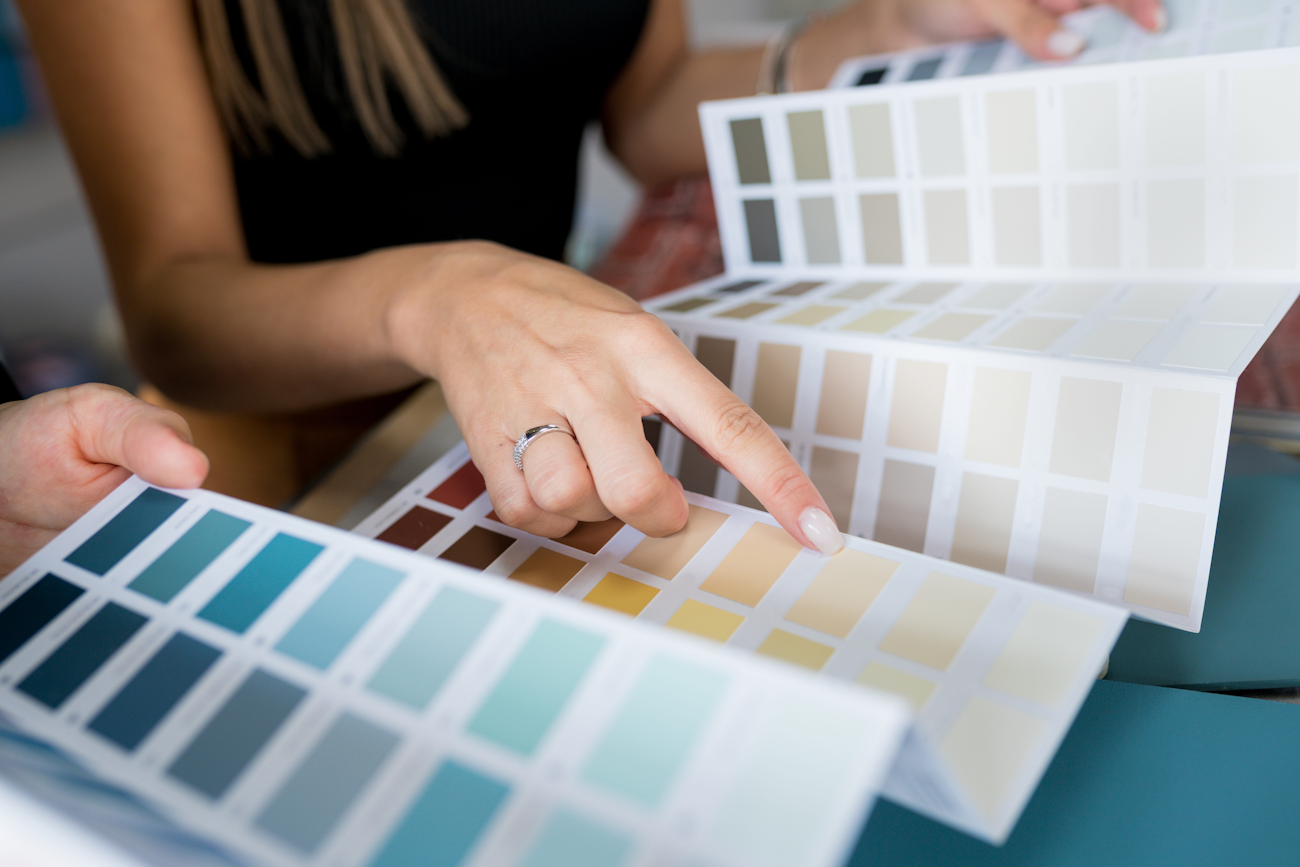Insights
The Psychology of Colour: How Colours Shape Your Office Experience

Have you ever walked into an office and instantly felt a sense of calmness or energy? Or perhaps you've found yourself struggling to concentrate in a space that feels dull and uninspiring. The reason behind these experiences lies in the power of colours.
Colours have a profound impact on your mood, focus, and overall well-being. They can evoke specific emotions and create a certain atmosphere that sets the tone for the entire office environment. The right colour choices can make employees feel motivated, inspired, and engaged, while the wrong ones can leave them feeling drained, distracted, and disengaged.
By understanding the psychology behind colours and their effects on individuals, you can unlock the potential to create a vibrant and successful office environment. In this article, we'll explore why colours are crucial in office design and discover the best colour palettes for achieving office design success.
Why Are Colours Important in Office Design?
Colour is a powerful tool that can influence our emotions, mindset, and behaviour. When it comes to the workplace, the right colour choices can enhance productivity, boost creativity, reduce stress, and even improve overall job satisfaction. Let's delve into some key ways colours affect our mood and productivity:
1. Mood Enhancement

Research reveals that different colours have the ability to elicit emotional responses. This phenomenon occurs because colours can stimulate your senses and activate certain neural pathways in the brain, ultimately affecting your mood and emotions. Blue, for instance, is frequently connected with feelings of calmness, trust, and enhanced concentration. On the other hand, yellow is known for its association with energy, optimism, and a boost in creativity.
These emotional responses to different colours can profoundly impact our mood and mindset, making colour selection a powerful tool in creating desired atmospheres and influencing our overall well-being. By strategically incorporating these colours into your office design, you can create an atmosphere that aligns with the desired mood and boosts the overall well-being of employees.
2. Increased Focus and Productivity

A study shows that colours have a special ability to boost our chances of remembering things from our surroundings. By choosing and manipulating colours strategically, we can have a greater impact on how well they affect our memory performance. It's fascinating to see how colour can shape our ability to encode, store, and retrieve information. Understanding this connection opens up exciting possibilities to create memorable experiences and enhance our interaction with the world around us.
Colours like green and blue, for example, have been shown to enhance focus, attention to detail, and efficiency. These hues can be particularly beneficial in areas where deep work or critical thinking is required, such as individual workstations, meeting rooms, or quiet zones.
3. Creativity and Innovation

For jobs that demand creative thinking and problem-solving, colours like purple and orange can be highly stimulating. These shades can spark imagination, encourage innovation, and promote a sense of inspiration. Incorporating them into brainstorming rooms, collaborative spaces, or areas dedicated to creative work can help ignite the creative spirit of employees.
When it comes to tasks that demand analytical thinking and focus, incorporating shades of blue and green in your workspace can bring significant benefits. These colours possess a calming and soothing effect on the mind, aiding in stress reduction and improved concentration. By incorporating blues and greens in areas like offices, study spaces, or data analysis rooms, you can establish a serene and optimal environment that nurtures deep thinking and sustained productivity.
4. Reduction of Stress and Anxiety

Work-related stress is a common issue, but the right colours can help alleviate it. Soft and soothing colours like pastel tones or muted blues can create a calming environment, helping employees relax and maintain a sense of tranquillity. By integrating these colours in breakout areas or relaxation spaces, you provide employees with a retreat from the pressures of their work.
In addition to soft and soothing colours, incorporating natural earth tones like greens and browns can further enhance relaxation and stress management in the workplace. These colours are reminiscent of nature and can evoke a sense of harmony and balance. By incorporating green elements, such as plants or nature-inspired artwork, into relaxation spaces or designated areas for mindfulness practices, you create a serene oasis where employees can recharge and find respite from the demands of their work.
In Conclusion:
The right colour choices have the power to enhance mood, increase focus and productivity, stimulate creativity and innovation, and reduce stress and anxiety. By understanding the psychology behind colours and their effects on individuals, you can create an office environment that supports the well-being and success of your employees.
Remember, colour is not just a visual aspect of the office but a powerful tool that influences the overall atmosphere and emotions within the workspace. Take the time to carefully select the right colour palettes that align with your organisation's goals and values.
At Haiken, we understand the significance of colours in office design and offer innovative furniture solutions that can elevate your workspace. Let us help you create an inspiring and harmonious environment that promotes success and well-being.
Contact our furniture consultants for a range of colour options for your workspace.